Magic: The Gathering Arena of the Planeswalkers is a board game based on–you guessed it–Magic: The Gathering. As someone who played Magic a little too much in middle school and high school, I was anxious to take this board game for a spin.
Here’s what I liked about the game, along with a few things that I think could’ve been done better.
Pros:
The Game Feels Like Magic: The Gathering
When you think of the card game, what’s your overall idea of the game?
For me, it’s summoning awesome creatures and casting wicked spells to destroy your opponents. Sometimes that means building a horde of the undead. Other times it means unleashing massive fireballs.
This game lets you do those kinds of things. You build up your armies, then use various sorceries and enchantments to either buff your dudes or give the enemy a hard time.
The cards are also very similar to those found in the card game. Any Magic veteran will feel right at home.
Multiple Ways to Play
The base game lets you play as teams or have an all-out brawl. But if you invest in the expansion pack, Battle for Zendikar, things get a little more interesting.
Battle for Zendikar essentially brings into a play a new faction called the Eldrazi. The Eldrazi commander is a strong son-of-a-gun, and the game is played with 2-3 traditional factions against the Eldrazi. So instead of a 2v2 game, it becomes 1v3.
…or you can just set them up and play war on your desk, like I do.
The expansion also includes a few new cards and creatures for the original five factions, which is nice.
Beautiful Artwork
One good thing about writing a review for something like Magic: The Gathering Arena of the Planeswalkers is it gives me an excuse to play with action figures. As an adult, I don’t get to do that very often.
The figures look awesome- especially the Planeswalkers. The artwork on the cards is also beautiful, and reminds me of how I would sometimes just look through my Magic collection to look at the drawings.
Fairly Easy to Understand
The game is recommended for ages 10 and up. I’ve found that sometimes this is misleading though, as I grew up playing games rated for older kids than myself and I did fine.
That could just be due to my genius, though.
Even though I have a bit of an advantage with a background playing Magic, you don’t really need it to play this game. Similar to something like Settlers of Cataan, you’ll understand the basic concept of the game quickly, although it will take a few games to really get it down pat.
That said, let’s talk about some negative aspects of the game.
Cons
The Instructions are Confusing
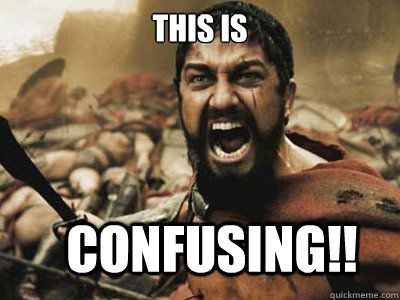
Even though the game itself isn’t too complicated (in my opinion), the instructions make you feel like you’re preparing to build a nuclear reactor. At 18 pages long, it’s definitely the longest instruction booklet I’ve ever seen for a board game.
Granted, some of that is showing you how to construct the board. But when you’re excited about playing a new game and then open it up to find an entire novel of how to play, it’s a bit discouraging.
And that’s coming from a guy that ALWAYS used to read a video game’s instruction manual before starting it up. I miss those manuals, by the way.
Lack of Variety
You know how most RPGs have at least one pet class–whether it’s a Necromancer, Ranger or Summoner? That’s because people like me will ALWAYS pick that class first.
That’s why Magic always appealed to me. I liked the fact that I could summon lots of different creatures, from the walking dead with a Black deck to a host of angels with White.
Magic: The Gathering Arena of the Planeswalkers offers the chance to summon creatures… but not very many. In the base game, each color only gets 2-3. For example, Green can summon Pummelroot Elementals or Elf Rangers. That’s it.
The expansion does add 1 type of unit for each faction, but that’s still not very many.
Spells don’t suffer from a lack of variety quite that badly, but coming from the card game (where you have over 13,000 cards to choose from,) you’ll still feel constrained.
What Do You Mean, “Roll?”
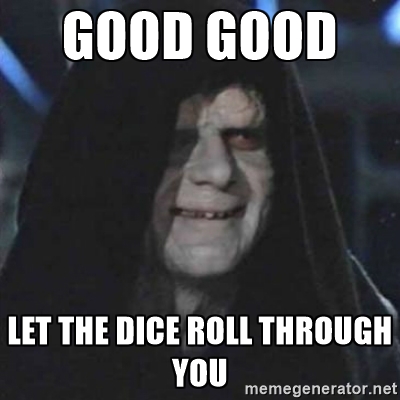
In Magic: The Gathering, the damage done by your armies is straightforward. Barring any outside influences like sorceries or enchantments, a creature with 3 attack will kill a creature with 2 defense in 1 hit.
The board game isn’t so simple.
Instead, the creature’s attack number (along with things like height advantage, abilities, etc.) determine how many “attack dice” are rolled. Based on the roll, you may smash the enemy to bits or, as the French say, “whiff.”
I understand this is a board game, but come on. If playing without dice can work with the card game, why can’t it work with the board game as well?
Conclusion
Overall, I think Magic: The Gathering Arena of the Planeswalkers is a pretty fun game. It isn’t perfect, but after reading through the novel instructions and going through a few games, you’ll get the hang of it and really start to enjoy it, especially if you’re a Magic fan that is just looking for another way to escape into this fantasy world.

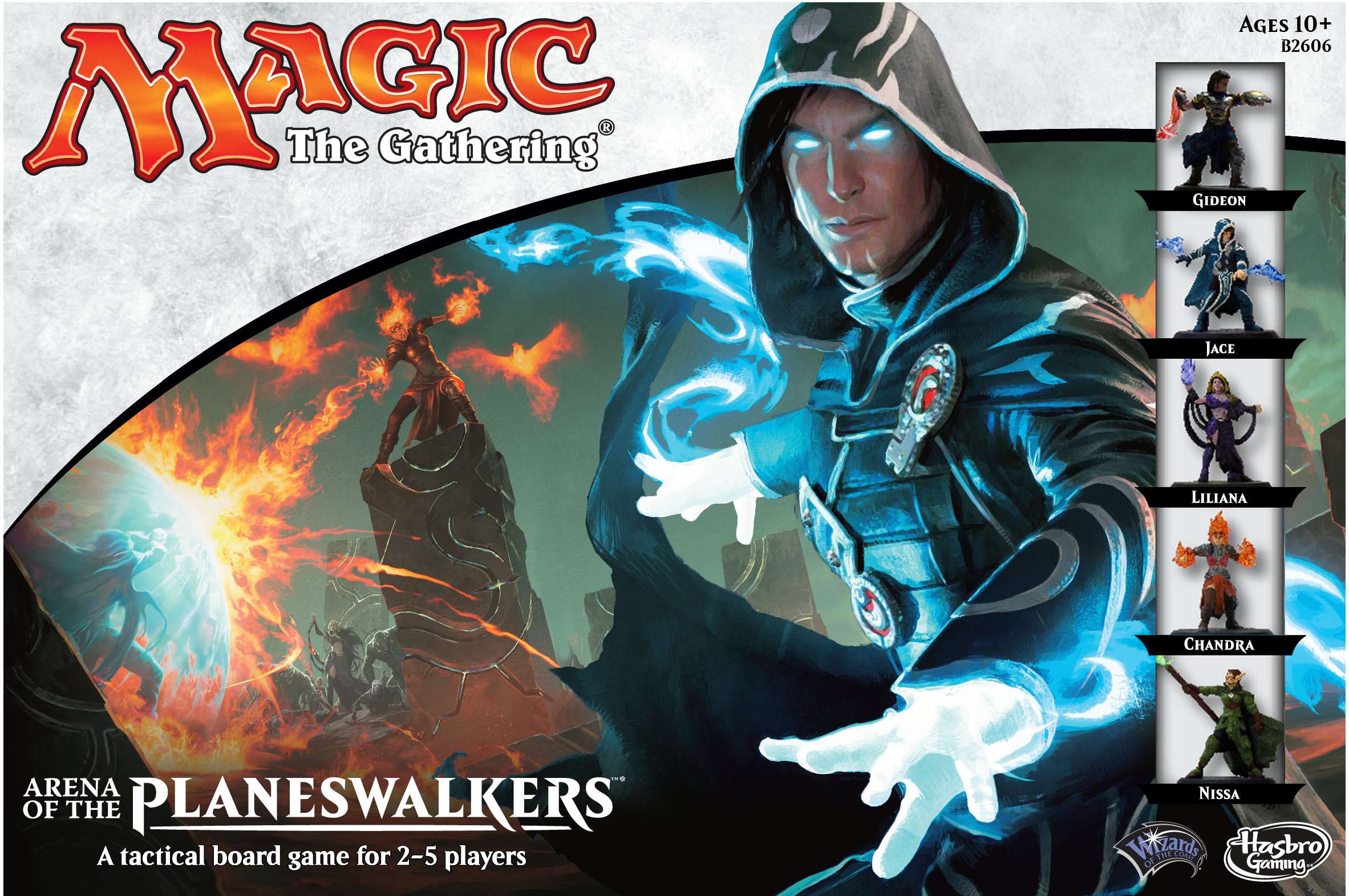
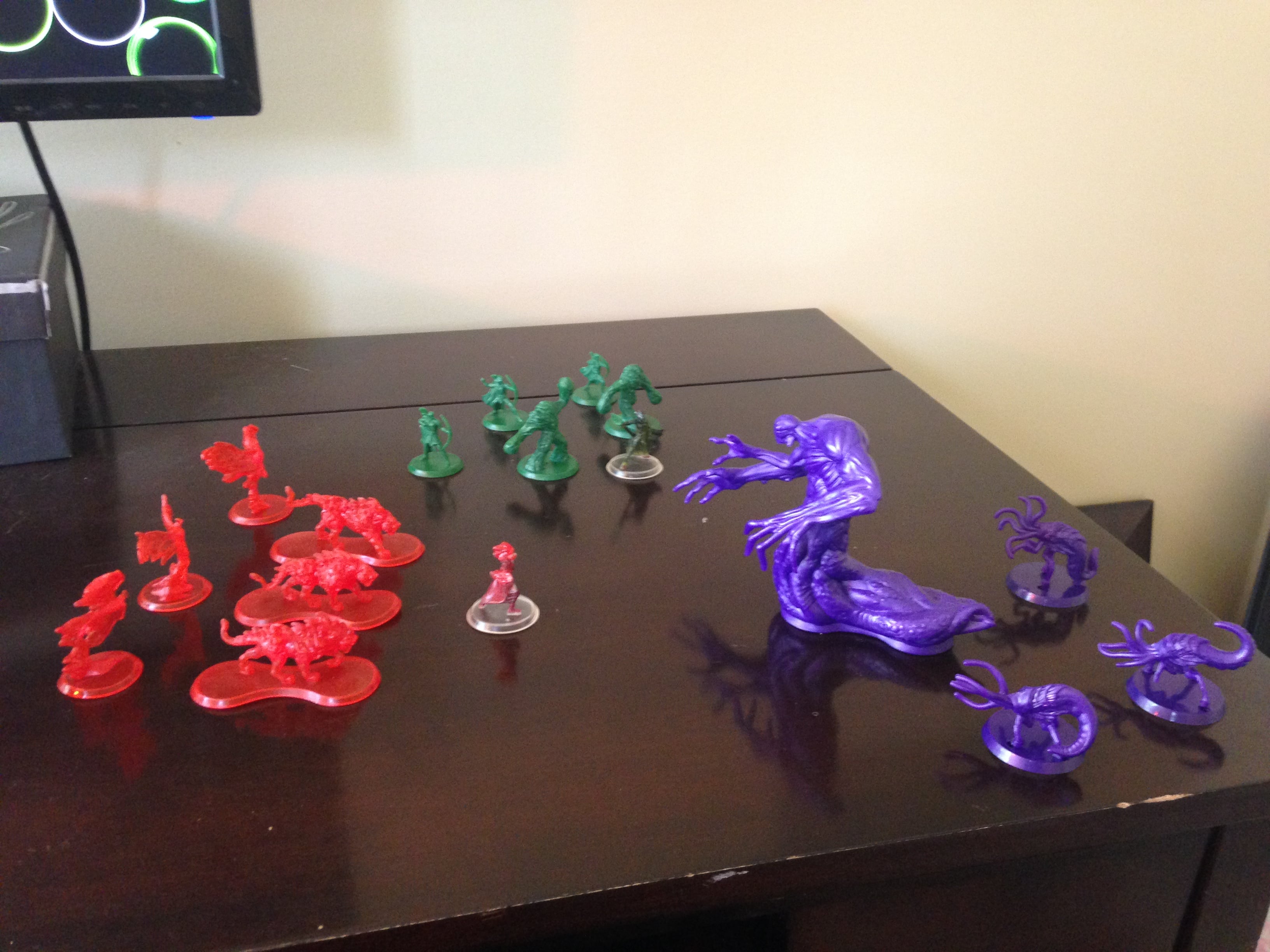
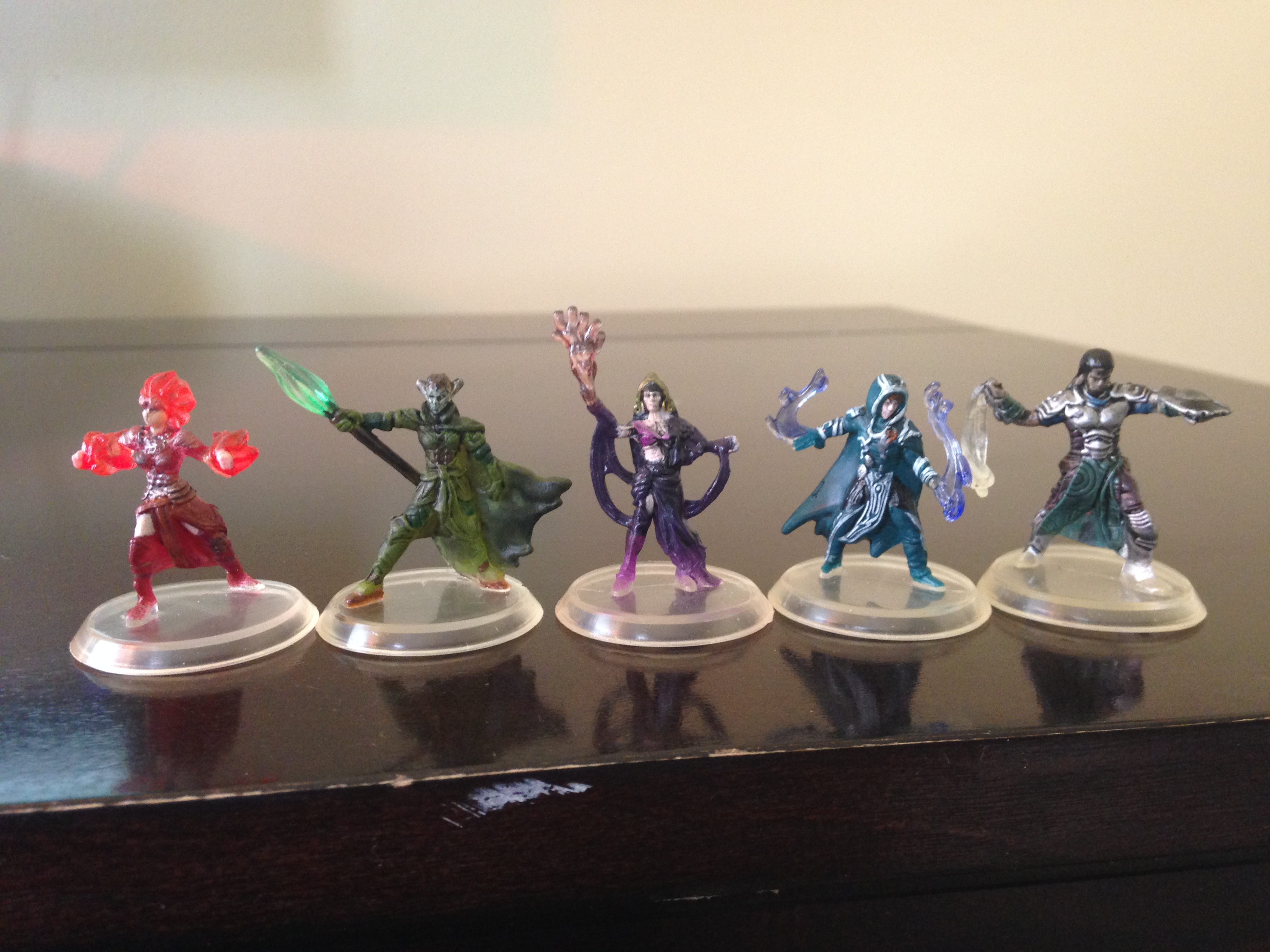








Published: May 3, 2016 06:13 am